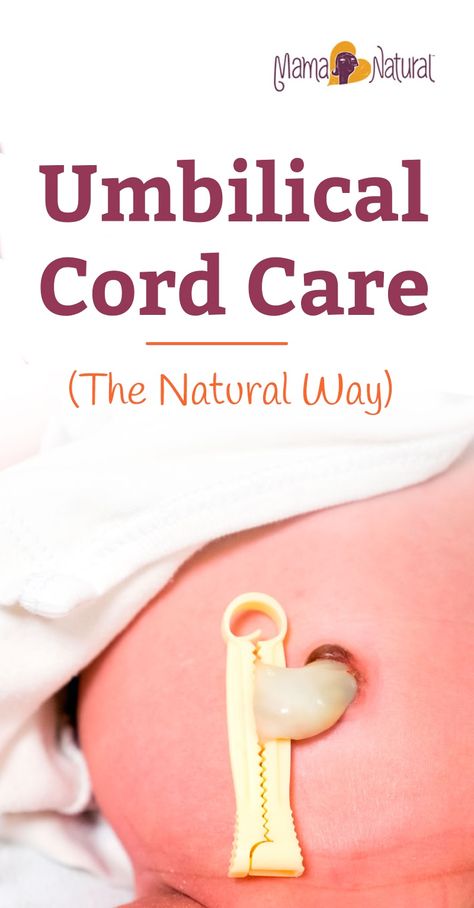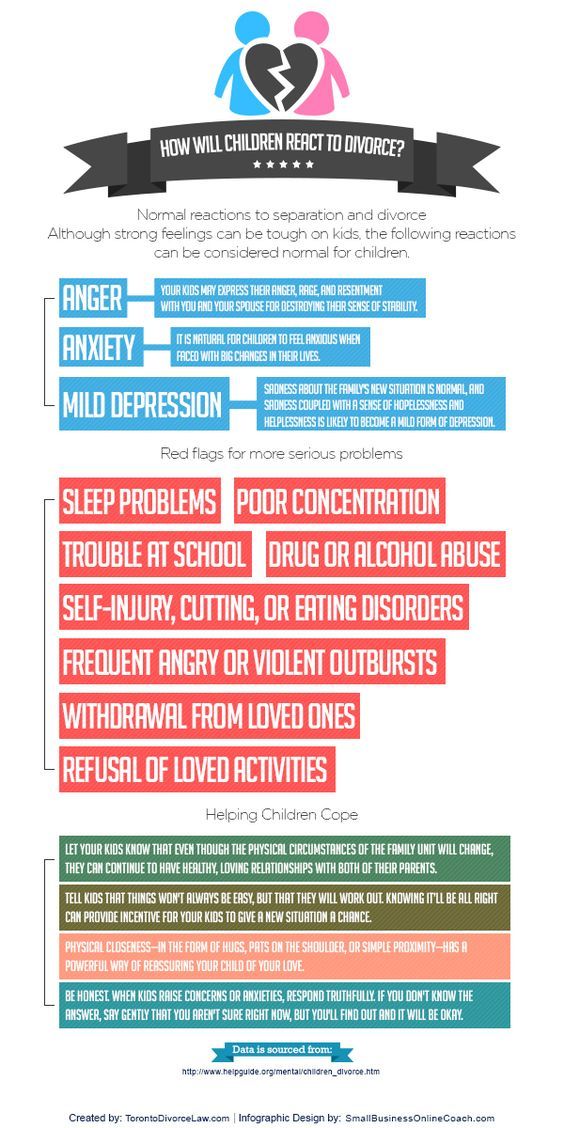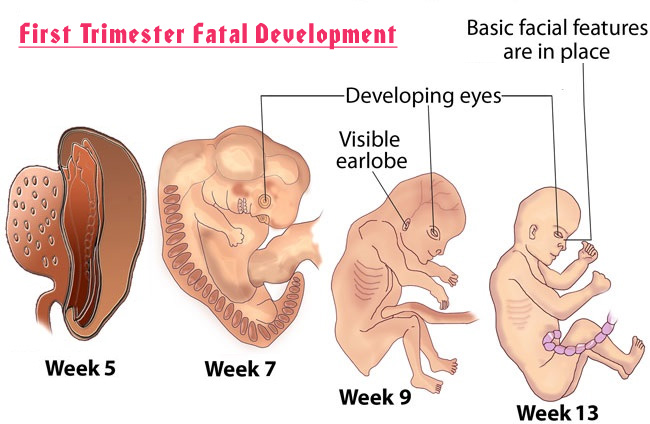Easing morning sickness
Ease Nausea with Natural Remedies
When you get pregnant, you may have morning sickness. This is feelings of nausea or vomiting. These symptoms often happen during your first trimester or first 12 weeks pregnancy. Then they go away. However, in some cases, these symptoms can last through your pregnancy. The exact cause for morning sickness isn't known.
While uncomfortable, morning sickness is rarely serious. In fact, morning sickness affects about 90 percent of all pregnant women. Most of the time, natural approaches can help you feel better.
Tap into the power of ginger
Ginger is safe and effective in relieving nausea caused by morning sickness. But it doesn’t seem to work for vomiting.
Ginger comes in many forms. Moms- to-be can take ginger supplements three or four times a day, with a total daily dose of about 1 gram. Foods that contain ginger may also help ease nausea. These include ginger ale, ginger lollipops, and ginger tea.
Self-care techniques
You can also try some self-care care techniques. These can help prevent and relieve morning sickness:
-
Eat several small meals a day. Try eating every 1 to 2 hours. This can keep your stomach from getting empty.
-
Choose foods high in complex carbohydrates. These include whole wheat bread, pasta, bananas, and green, leafy vegetables.
-
Don’t eat greasy and spicy foods.
-
Sip on liquids that are cold, clear, and carbonated in between meals.
-
Keep crackers near your bed. Munch on them before getting up in the morning.
-
Don’t shift positions too quickly.
-
Suck on a peppermint or sniff sliced lemon if an odor bothers you.
-
Try motion sickness or acupressure wristbands.
Seek medical treatment for serious symptoms
Sometimes, nausea and vomiting can be severe, or last into the second trimester. Talk with your healthcare provider about other treatments. In some cases, hyperemesis gravidarum can happen. Women with this serious condition need treatment with medicine and intravenous (IV) fluids.
Talk with your healthcare provider about other treatments. In some cases, hyperemesis gravidarum can happen. Women with this serious condition need treatment with medicine and intravenous (IV) fluids.
Online Medical Reviewer: Bowers, Nancy, RN, BSN, MPHFoley, Maryann, RN, BSN
Date Last Reviewed: 4/12/2016
© 2000-2019 The StayWell Company, LLC. 800 Township Line Road, Yardley, PA 19067. All rights reserved. This information is not intended as a substitute for professional medical care. Always follow your healthcare professional's instructions.
© 2000-2019 The StayWell Company, LLC. 800 Township Line Road, Yardley, PA 19067. All rights reserved. This information is not intended as a substitute for professional medical care. Always follow your healthcare professional's instructions.
Morning Sickness Remedies | American Pregnancy Association
Morning sickness is the nauseous feeling commonly experienced during around the 6th week of pregnancy.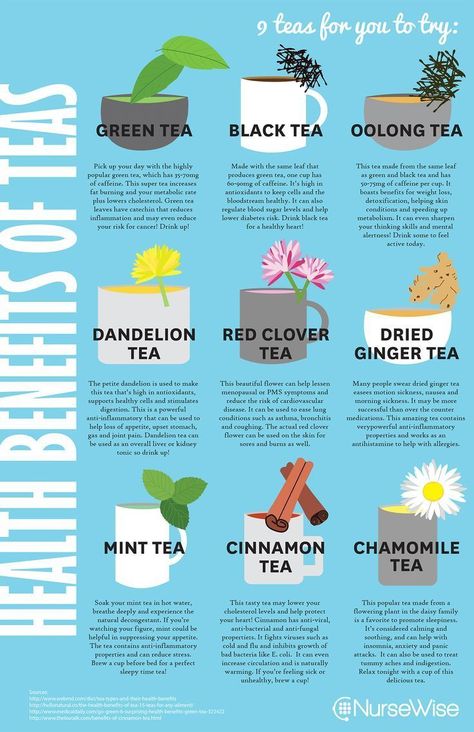 It can occur at any time of the day, and for most women, it seems to stop after the 12th week of pregnancy. Morning sickness is not harmful to you or your baby, but if you experience excessive vomiting and cannot manage to keep your food down, you may have hyperemesis gravidarum and lack essential nutrients and electrolytes . Inform your doctor when these symptoms appear and discuss possible treatment options.
It can occur at any time of the day, and for most women, it seems to stop after the 12th week of pregnancy. Morning sickness is not harmful to you or your baby, but if you experience excessive vomiting and cannot manage to keep your food down, you may have hyperemesis gravidarum and lack essential nutrients and electrolytes . Inform your doctor when these symptoms appear and discuss possible treatment options.
Why Am I Nauseous?
Blame the increasing hormones, but you’re not alone. More than 50% of pregnant women experience morning sickness. But take heart. Many doctors think morning sickness is a good sign because it means the placenta is developing well.
Prenatal Vitamins can make nausea worse, mostly because of the extra iron. Pair your prenatal vitamins with a light snack before you go to bed.
What helps with morning sickness? While not all morning sickness remedies may work for you, there are several options you can try to find some relief.
In the Morning:
Allow yourself plenty of time to get out of bed. If you usually get up at 6:00 a.m., set your alarm for 5:00 a.m. It is a good idea to keep a stash of crackers or dry cereal by your bed so you can put something in your stomach as soon as you wake up. Get out of bed slowly as you start your day.
During the Day:
Eat small meals throughout the day to avoid getting too full or too hungry. Progesterone slows the speed of food passing through your digestive tract. To further prevent your stomach from getting too full or too empty, drink fluids a 1/2 hour before or after meals, but not with meals. Also, make sure to drink fluids throughout the day to avoid dehydration.
Get plenty of rest when you can. This is especially important if you have to get up early in the morning. However, DO NOT take a nap right after a meal because this can increase nausea.
Avoid foods or smells that make your nausea worse, and avoid being in warm places, which can increase your nausea.
In the Evening:
For dinner avoid spicy, greasy foods. Prepare foods that are bland and do not have a strong odor. You may have to avoid cooking for the first trimester.
Most importantly, go to bed early! You need your rest to have the energy to get up early and do it all over again. If you happen to wake up in the middle of the night to go to the bathroom, try to eat something small from your bedside stash.
Suggested Meals
- Cold foods (sandwiches, raw vegetables, salad when properly prepared to prevent listeria)
- Bland foods (chicken soup, broth, plain baked potato)
- Plain vegetables or fruits
- Keep meals small, but eat as frequently as you need
- Foods rich in vitamin B6
Suggested Snacks to Eat
- Lemons (Eat them, suck on them, or sniff them.)
- Ginger (ginger ale soda, ginger tea, ginger jam on toast, ginger snaps)
- Peppermint tea
- Crackers
- Jell-O
- Flavored popsicles
- Pretzels
Treatments & Supplements
PregEase: natural product is shown to relieve morning sickness and heartburn. Includes a comprehensive formula with vitamins, minerals and herbal ingredients demonstrated to help easy common pregnancy discomforts.
Includes a comprehensive formula with vitamins, minerals and herbal ingredients demonstrated to help easy common pregnancy discomforts.
-
- Delicious, chewable, orange-flavored tablets provide safe and effective relief
- Doctor-designed, natural formula with no artificial dyes, colors or preservatives
- Includes Vitamins B6, B12, calcium carbonate, ginger, and many other ingredients to soothe nausea.
Preggie Pops: lollipops in flavors known to reduce nausea. (Available flavors include ginger, mint, lavender, sour raspberry, sour lemon, and sour tangerine).
-
-
- A natural way to ease nausea
- Drug-free and doctor recommended
- Great for labor
- Alleviates dry mouth
- Quick energy boost
-
Sea-Bands: wristbands that use acupressure pulse points to fight nausea.
-
-
- For all forms of nausea, including morning sickness
- No drugs and no side effects
- Used by doctors and hospitals
- The only clinically tested wristband
- One size fits all
-
Nip the Nausea: Drops flavored with a combination of ginger and lemon, which collectively soothe upset stomachs and reduce nausea symptoms.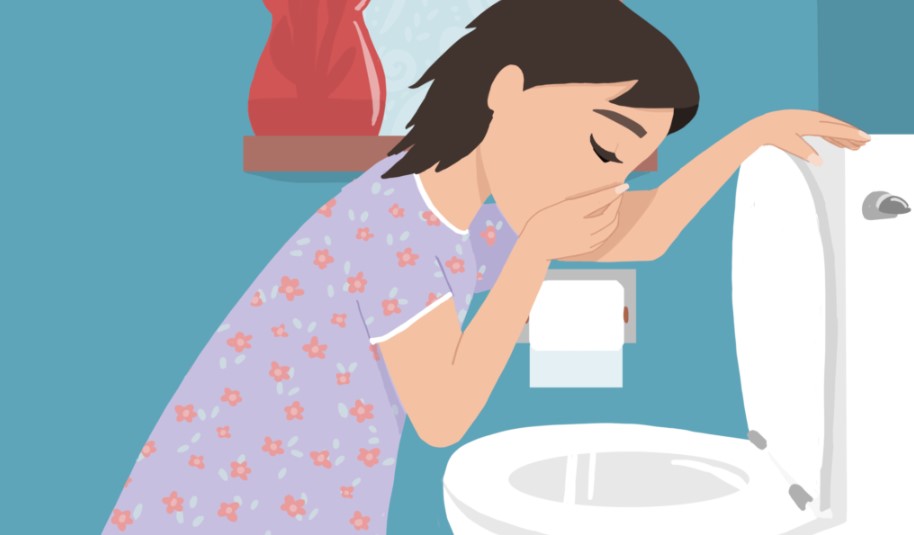
Relief Band Device: a device that can be worn continuously for relief of mild to moderate nausea and vomiting associated with pregnancy.
Vitamin B6: Taking Vitamin B6 (50 mg) daily has been shown to help with pregnancy-induced nausea.
Talk with your health care provider about any supplements and treatments for morning sickness. If morning sickness is so severe that you are constantly throwing up and not keeping anything down, consult your health care provider about the possibility of having hyperemesis gravidarum.
- Nightfood Nighttime Ice Cream
- Role of Vitamin B in Pregnancy
- Pregnancy Nutrition
Compiled using information from the following sources:
Williams Obstetrics Twenty-Second Ed. Cunningham, F. Gary, et al, Ch. 8
American Academy of Family Physicians, https://familydoctor. org
org
Acupressure for Pain and Headaches
Share
Time to read: Approximately 2 min.
This information explains how to use acupressure (AK-yoo-PREH-sher) to help with nausea and prevent vomiting. Nausea is the sensation of vomit. Vomiting is the eruption of vomit.
Acupressure is a type of massage. It is based on the traditional Chinese medicine practice of acupuncture (AK-yoo-PUNK-cher). With acupressure, pressure is applied to certain points of the body. Such points are called acupuncture points (AK-yoo-points).
Pressing these points allows the muscles to relax and improves blood circulation. It also helps relieve many of the side effects of chemotherapy, such as nausea and vomiting.
You can do acupressure at home by applying pressure to various acupuncture points with your fingers. To learn how to do acupressure, watch this video or follow the steps below.
This video will show you how to perform acupressure to help relieve nausea and vomiting.
Details on video
Massage point P-6 is also known as nay-gwann. It is located on the back of the hand next to the wrist. Massaging this point helps relieve nausea and prevent vomiting.
Massage of this point is not recommended in the following cases:
- The skin at or near the point is scaly or blistered.
- Open wound at or near a point.
- Rash at or near this point.
- Redness, swelling, fever or pus at or near a point.
How to find a massage point P-6
To find the P-6 massage point:
- Position the hand so that the fingers are pointing up and the palm is facing you.
- Place the first 3 fingers of your other hand on your wrist (see figure 1). Your fingers should be just below the crook of your wrist.
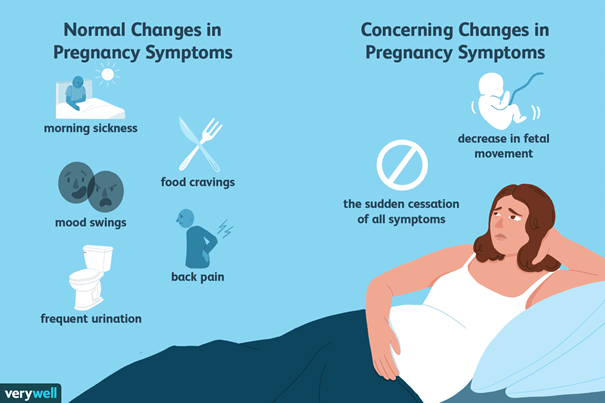
- Place your thumb just below your index finger. Remove 3 fingers from your wrist, but leave your thumb in place (see Figure 2). Press on this place with your thumb. Under the thumb, you should feel 2 large tendons (tissue that connects muscles to bones). This spot between the two tendons is the P-6 massage point.
- Once you have found the massage point, you can relax your hand and keep it in a comfortable position.
Figure 1. How to place 3 fingers on the wrist to locate the thumb
Figure 2. How to press the thumb to the point under the index finger
- Press this point with your thumb. While pressing, make circular movements with your thumb. You can move it clockwise (right) or counterclockwise (left). Do this for 2-3 minutes.
- Some people may find it difficult to use their thumb. Instead, you can use your index finger.
- Press hard enough, but not so hard that it hurts. You may feel some discomfort or tenderness, but it should not be pain.
 If you feel pain, then you are pressing too hard.
If you feel pain, then you are pressing too hard.
- Repeat steps 1 to 4 on the other wrist.
You can massage this point several times a day until symptoms improve.
Acupressure is an additional treatment. Complementary therapies are treatments that can be used alongside primary cancer therapy. They can help relieve symptoms.
For more information about complementary treatments, call MSK's Integrative Medicine Service at 646-449-1010 or visit www.mskcc.org/integrativemedicine.
You must have JavaScript enabled to use this form.
Share your opinion
Give us your feedback
Your feedback will help us improve the information we provide to patients and caregivers.
Questions
| Questions | Yes | To some extent | No |
|---|---|---|---|
| Was this information easy for you to understand? | Yes | To some extent | No |
What should be explained in more detail?
Date last updated
Why nausea in the morning on an empty stomach - causes and how to treat at home
children
Do not worry too much if you have encountered such a problem once, it is likely that this is a banal poisoning. But, if nausea in the morning on an empty stomach does not go away, you should immediately consult a doctor. Some people are used to dealing with this problem with folk remedies and medicines and they really get better, but it is worth considering that most likely the disease or pathology itself continues to develop. And as a result, it will turn into a more serious form. That is why it is so important to consult a doctor who will find out the cause of morning sickness and prescribe the most effective treatment.
But, if nausea in the morning on an empty stomach does not go away, you should immediately consult a doctor. Some people are used to dealing with this problem with folk remedies and medicines and they really get better, but it is worth considering that most likely the disease or pathology itself continues to develop. And as a result, it will turn into a more serious form. That is why it is so important to consult a doctor who will find out the cause of morning sickness and prescribe the most effective treatment.
Possible diseases
Most often, morning sickness on an empty stomach may indicate the presence of the following diseases:
- unpleasant symptoms. This is due to inflammatory processes in the duodenum 12. The patient can also be tormented by: burning, bloating during and after eating, heartburn.
- Inflammation of the pancreas (pancreatitis) - also characterized by nausea in the morning, as well as after eating fatty or fried foods. This disease is easily confused with gastritis due to the similarity of symptoms, but with pancreatitis, the patient begins to have problems with stools and an unpleasant, bitter taste in the mouth.

- Appendicitis - nausea is likely to fade into the background, after unbearable pain in the right side begins to appear.
- Inflammation of the gallbladder (cholecystitis) - this disease can also be accompanied by morning nausea. Accompanying symptoms are pain in the right hypochondrium and excessive gas formation.
Other causes of nausea in the morning
After excluding the above diseases from the list of causes, the following causes can be considered:
- Pregnancy. Intoxication and nausea in the morning is often found in pregnant women, especially in the early stages. This is a normal reaction of the body to significant changes and hormonal changes. It is very important to completely exclude drugs for the treatment of the digestive tract during pregnancy. These funds can have an extremely negative impact on the health of the patient, the unborn child and the course of pregnancy. Therefore, you will have to endure this ailment and get by with folk remedies, but be sure to consult your doctor.
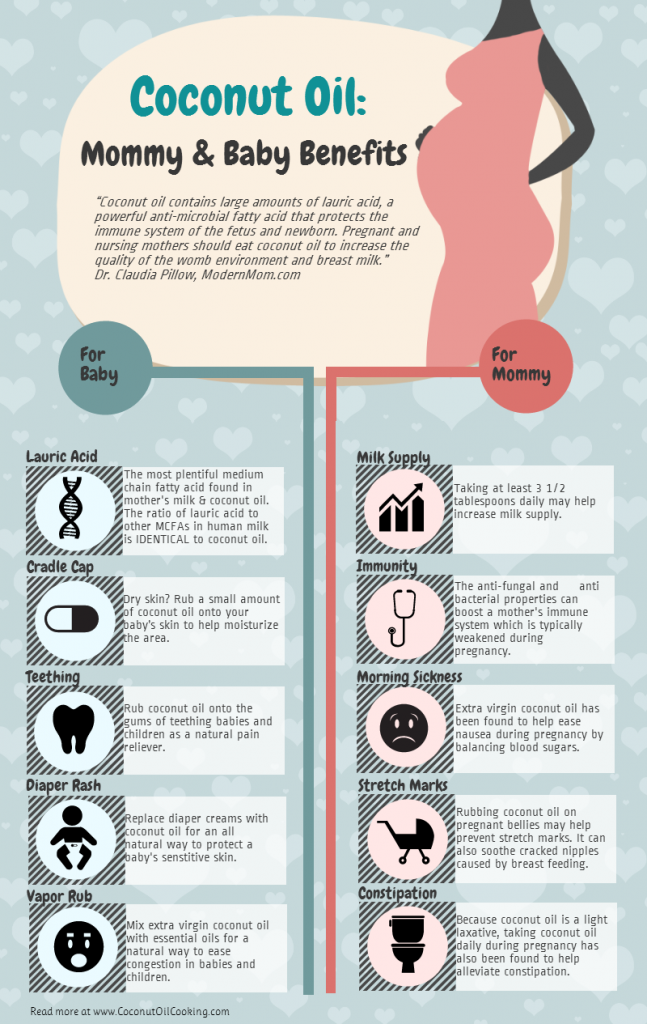
- Migraine. Morning sickness on an empty stomach may precede a severe headache. You will most likely still feel a lot of noise and increased sensitivity to smells.
- High blood pressure (hypertension). The problem of morning sickness can be accompanied by headache and dizziness. If you do not pay attention to these symptoms in a timely manner, you risk starting this disease, which in turn can lead to a stroke.
- Cardiovascular disease - rarely nausea on an empty stomach occurs with heart failure or developing myocardial infarction. If nausea is accompanied by pain, a feeling of heaviness and tightness behind the sternum, numbness or tingling in one half of the body, it is necessary to seek medical help as soon as possible, as this may be an incipient myocardial infarction.
- Increased intracranial pressure - Nausea and regurgitation in infants can occur when pressure increases inside the ventricles of the brain.
What to do if you feel sick in the morning
It is important to understand that regular morning sickness is a signal of the presence of a pathology or disease and it is highly undesirable to self-medicate. Be sure to consult a doctor for an examination, but if you don’t have such an opportunity at the moment, there are several effective ways that will help reduce or temporarily get rid of this problem:
Be sure to consult a doctor for an examination, but if you don’t have such an opportunity at the moment, there are several effective ways that will help reduce or temporarily get rid of this problem:
- Medicines. You need to be very careful and you must be sure that morning sickness is not the cause of pregnancy or an intestinal disease.
- Ginger root, mint and lemon drinks. You can make infusions of these products for maximum effect, simply by adding them to a glass and boiling water, after 15 minutes you will have a very effective and safe (in the absence of allergies) remedy for morning sickness. YOU can also just add them to hot tea.
- Medicinal collection - if nausea relentlessly torments you in the morning, you can try a collection of mint, oak bark and celandine. To prepare the drink, take 1 tsp of mint leaves, dried oak bark and chopped celandine, pour 0.5 l of boiling water and boil in a water bath for 10 minutes. After the broth is cooled and filtered, take 1 tablespoon 3-5 times a day before meals.






